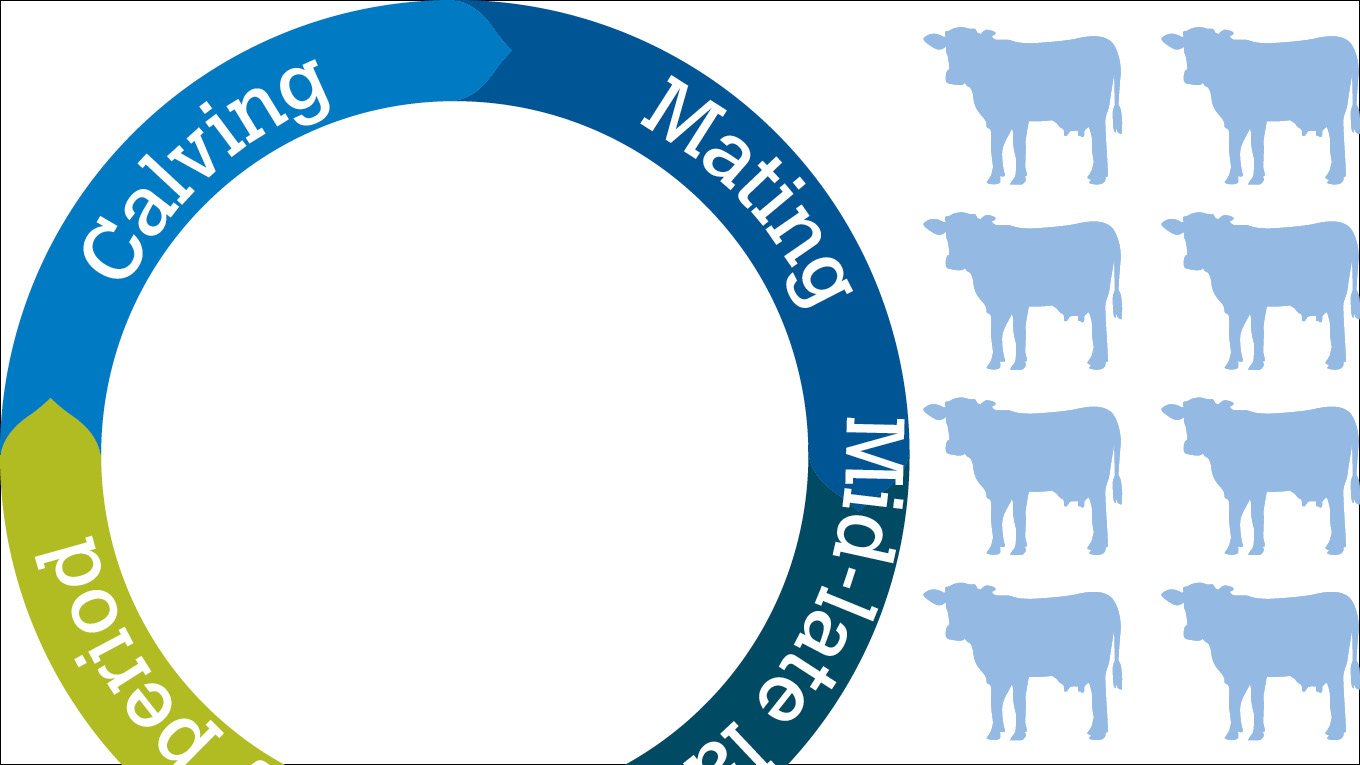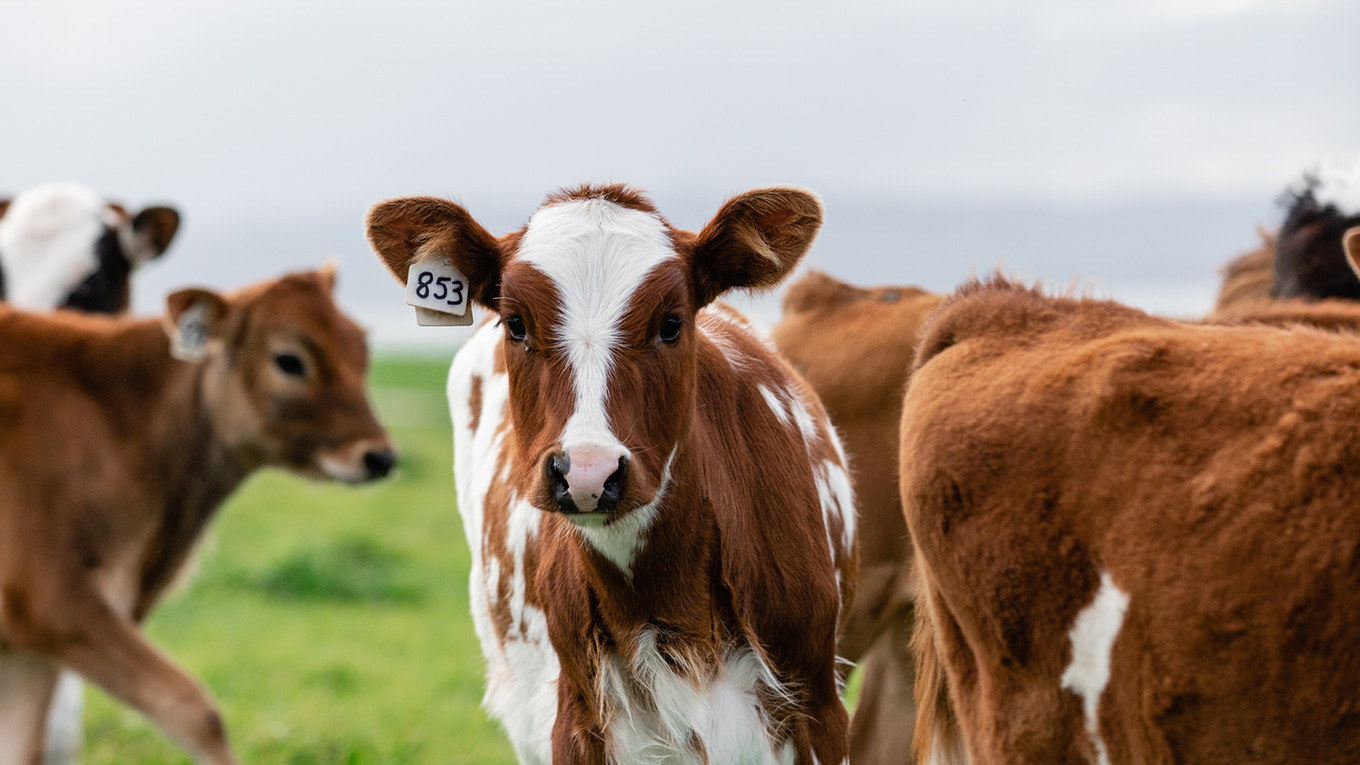Bull Selection
Choosing AI sires from the Good Bulls Guide is the first step towards improving herd profitability.
Good Bulls is a simple way to choose AI sires and is backed by strong, independent science. Bulls have been evaluated by independent, scientific assessment using the world’s best practice genetic evaluation. Each bull has listed Australian Breeding Values for each trait and scores for the BPI and HWI. All bulls are evaluated and scored using the same system so you can compare sires from different companies or countries from which the bull is sourced with confidence.
Additional tips when selecting AI sires:
-
Choose bulls that are above average for the traits you are interested in. For example, at least 105 for Daughter Fertility ABV to accelerate genetic gain for fertility in Holstein breeds.
-
Select AI sires that are best value for money.
-
Manage risk by using a team of AI sires, rather than one or two.
-
Avoid using sires with an ABV for calving ease below 100 to avoid unnecessary calving difficulties.
The Good Bulls app
Designed and developed by DataGene in consultation with dairy farmers and advisors the Good Bulls app is a smartphone application version of the Guide. It includes tools to assist you list suitable AI sires, to select and sort candidates, look up bulls, provide reminders and export your preferences to your artificial breeding company.
The Good Bulls app is available for both iPhone and Android phones and can also be used on tablets.
Download the app via:
Sexed semen
The sex of a calf is determined by the sperm at the time of fertilisation. Sperm carry either an X (female) or Y (male) chromosome. Technology for sorting semen into X and Y sperm fractions is under continual development and the industry now has access to AI straws containing mostly female (90%+ purity) sperm. Using sexed semen within an AI program offers potential advantages and some challenges.
Semen collected at AI centres can be sent for sexing where it is processed and sexed. The sexing process can reduce the lifespan of sperm after thawing. Typically, there are fewer viable sperm per straw of sexed semen when compared to conventional semen. Fewer sperm per straw does not necessarily reduce conception rates but to be used successfully, it does require:
- high cow fertility
- proper semen handling, and
- good AI technique and timing.
Consider using genomic testing to guide selection of the most desirable females for insemination with sexed semen.
Potential advantages
In well-planned and managed mating programs, the potential advantages of using sexed semen are:
- You can expect upwards of 90% (but not 100%) of calves born to be heifers so you have fewer non-replacement (or ‘bobby’) calves.
- More replacement heifers, resulting in faster rates of genetic gain, increased flexibility with culling and opportunities to sell surplus heifers or cows.
- Replacements heifer requirements can be met from fewer inseminations so the AI period can be shortened.
- Fewer calving problems as a result of heifer calves being generally smaller than bull calves. This is a particular advantage of using sexed semen in maiden heifers.
- More efficient rearing of heifers in seasonal and split calving systems. The replacements are born earlier in the calving period, are closer in age and can be managed as a more uniform group.
Potential disadvantages
There are some potential disadvantages of using sexed semen that need to be considered.
Conception rates tend to be lower than for conventional, unsexed semen. Under ideal conditions the conception rate of sexed semen can approach 90% of that of conventional semen.
For example:
If conventional semen has a conception rate of 50%; sexed semen may be around 90% of this (i.e., 50% x 90% = 45%).
However, conception rates can also be more variable when compared to conventional semen making it risky to use sexed semen, particularly for all AI matings.
To reduce variability, concentrating on optimising herd fertility and do not use sexed semen in females with compromised fertility (e.g. underweight heifers, late-calving cows, cows with a history of disease at calving time).
Mid-infrared (MIR) technology, which can predict a cow’s reproductive performance from a herd test sample, is in the final research stages at DairyBio [Insert link to DairyBio page] and once available commercially can be used to identify the most fertile cows for sexed semen use.
Sexed semen straws also typically cost more than conventional semen. Combined with the reduced conception rate, the use of sexed semen therefore increases the semen cost per pregnancy.
Consider the increase in cost for each conception and the hidden cost of each delayed pregnancy when you use sexed semen.
There may also be limitations on bull choices, minimum dose orders, timing, and availability particularly when using fresh sexed semen. Often this may require pre-booking and use of synchronised heats.
More information
DataGene is an independent and industry-owned organisation that is responsible for developing modern tools and resources to drive genetic gain and herd improvement in the Australian dairy industry, through research, development, and extension activities. For more information about bull selection, visit the DataGene website.



